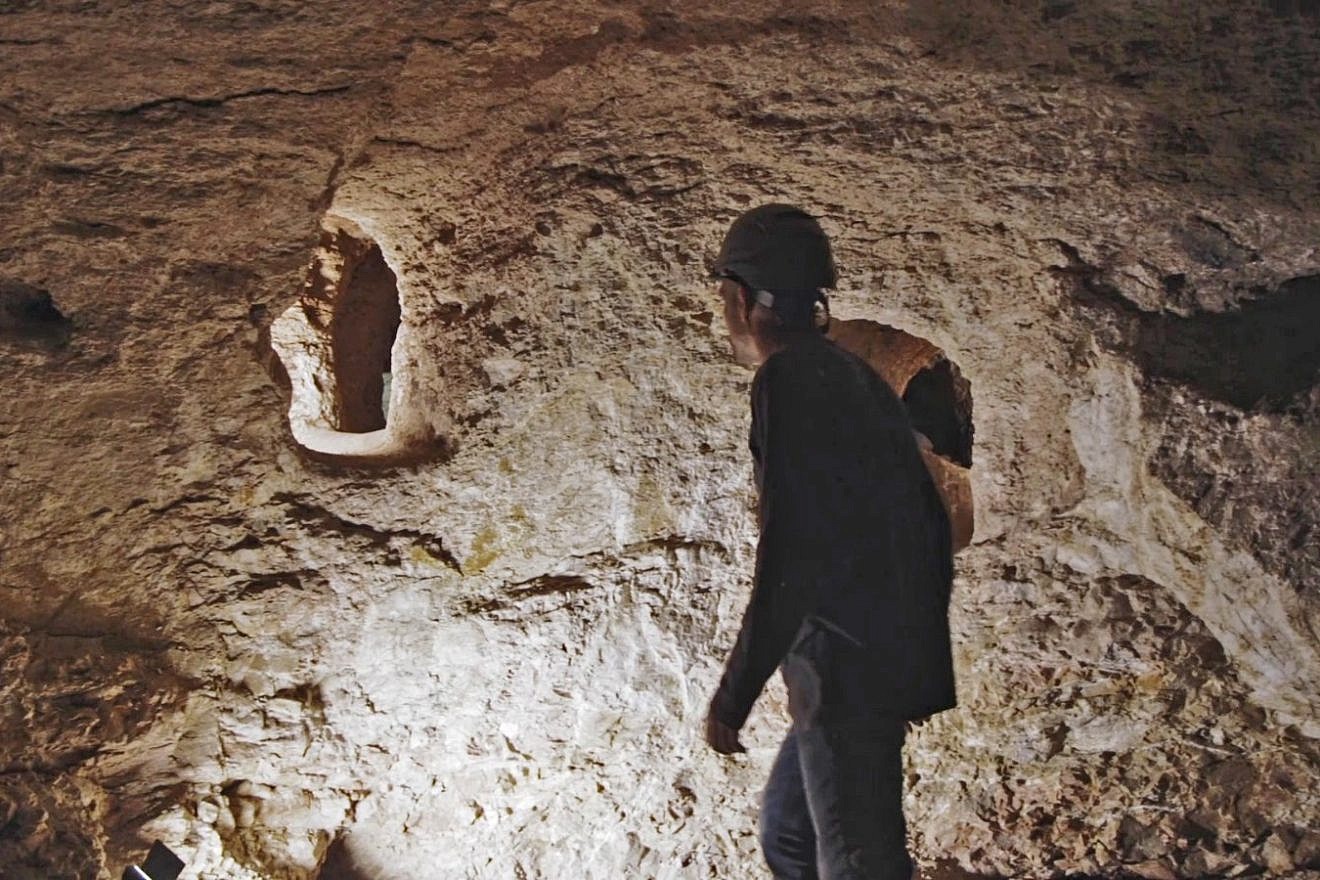(JNS) — An extensive underground complex dating back nearly 2,000 years to the First Jewish Revolt against the Roman Empire has been discovered in the Galilee, just north of Tiberias, the Israel Antiquities Authority announced on Monday.
The hideout, the largest of its kind uncovered to date, was discovered during archaeological excavations at Hukok in recent months. The site sheds light on dramatic periods in the history of the Jewish people, including the preparation of shelters ahead of the revolt against the Romans led by Bar Kokhba in 132–136 C.E., according to the IAA.
The excavation also revealed that as part of the preparations for both the First Revolt in 66 C.E. and the later Bar Kokhba Revolt, the residents of Hukok converted a water cistern dug in the Second Temple period into a hidden refuge, expanding it via tunnels to other underground cavities.
In this underground system — the largest and most impressive discovered in the Galilee — there are about eight such cavities, with connecting tunnels dug in such a way as to hamper heavily armed Roman soldiers. The excavation also yielded hundreds of broken clay and glass dishes, a ring and other artifacts.
Hukok is known to have been a Jewish town in the Early Roman period, about 2,000 years ago. The Jerusalem and Babylonian Talmuds mention Rabbi Pinhas and Rabbi Hezekiah, sages from the third and fourth centuries C.E., who were based in the area. On the hilltop near the refuge complex, a synagogue dating to the Byzantine period and featuring impressive and unique mosaics was discovered. The synagogue dig was begun in 2011 by an expedition from North Carolina University headed by professor Jodi Magness.
“The hiding complex provides a glimpse at a tough period for the Jewish population in Hukok and in the Galilee in general,” said the excavation directors, Uri Berger of the IAA and professor Yinon Shivtiel of the Zefat Academic College. “However, the story that the site tells is also an optimistic story of an ancient Jewish town that managed to survive historical tribulations.”
The story is one “of residents who, even after losing their freedom, and after many hard years of revolts, came out of the hiding complex and established a thriving village, with one of the most impressive synagogues in the area,” they added.
The site, which was excavated with the help of hundreds of school and university students, soldiers and volunteers, will be made accessible to the public, and is expected to draw visitors from around the world, according to the IAA.





